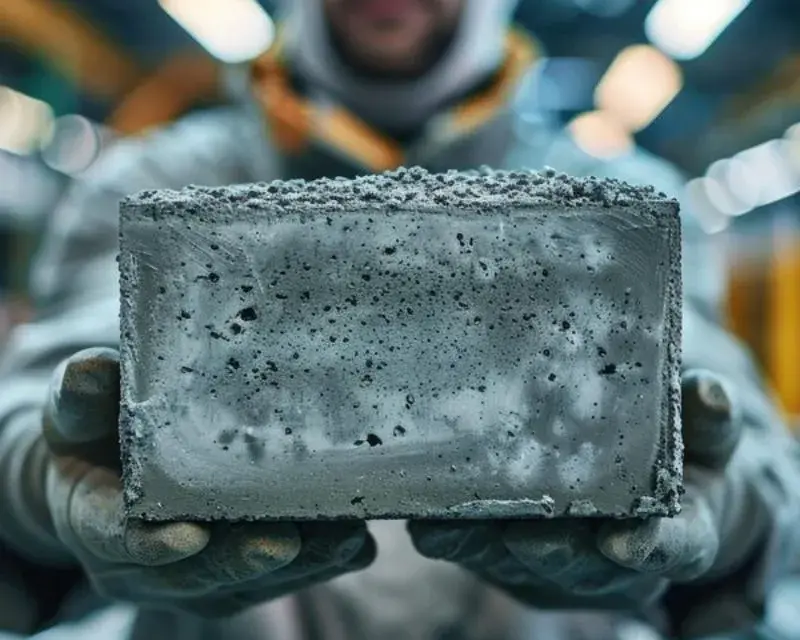Concrete is one of the most ubiquitous materials in construction, known for its strength, durability, and versatility. However, the performance of concrete can be significantly enhanced by incorporating various minerals and additives. This blog examines how different minerals contribute to the performance of concrete, specifically focusing on additives like silica fume and fly ash, and their benefits in modern construction.
Understanding Concrete Composition
Concrete is typically composed of cement, water, aggregates (sand and gravel or crushed stone), and, in many cases, various additives. The properties of each component, particularly the minerals used, directly impact the strength, workability, and overall durability of the final product.
Key Minerals in Concrete
1. Cement: The primary binder in concrete, most commonly composed of clinker that contains calcium silicates, aluminates, and other minerals, which upon hydration, form the binding matrix in hardened concrete.
2. Aggregates: The inert materials provide bulk and strength. The quality, size, and grading of aggregates influence the concrete’s mechanical properties and durability.
Role of Additives in Enhancing Performance
1. Silica Fume
What is Silica Fume?
Silica fume is a byproduct of producing silicon metal or ferrosilicon alloys and is composed of very fine, spherical particles of silicon dioxide (SiO₂).
Benefits in Concrete:
- Increased Strength: Silica fume significantly enhances the compressive strength of concrete when used as a partial replacement for cement. Its fine particles fill voids in the mix, leading to a denser microstructure.
- Improved Durability: The pozzolanic nature of silica fume allows it to react with calcium hydroxide in the presence of water, producing additional cementitious compounds. This reaction enhances resistance to harsh environmental conditions, including sulfates and chlorides.
- Reduced Permeability: By filling pore spaces, silica fume reduces the permeability of concrete, making it less susceptible to water infiltration and chemical attacks, which contributes to longer lifespan.
2. Fly Ash
What is Fly Ash?
Fly ash is a byproduct from burning pulverized coal in electric power plants. It contains a high content of silica, alumina, and iron, making it a valuable additive.
Benefits in Concrete:
- Enhanced Workability: Fly ash improves the workability of fresh concrete, primarily due to its sphericity and pozzolanic properties. This can result in easier handling and placement.
- Sustainability: As a recycled material, the use of fly ash reduces the reliance on virgin materials like cement. This not only conserves resources but also lowers the carbon footprint associated with concrete production.
- Improved Long-Term Strength: When used in higher quantities, fly ash can improve the long-term compressive strength of concrete, as it continues to react over time, resulting in a denser and stronger matrix.
- Reduced Heat of Hydration: Fly ash has a lower heat of hydration than traditional Portland cement, making it suitable for large pours and mitigating the risk of thermal cracking.
3. Other Notable Additives
In addition to silica fume and fly ash, several other mineral additives can enhance concrete properties:
- Ground Granulated Blast Furnace Slag (GGBFS): Derived from the waste of iron production, it improves workability, reduces permeability, and enhances resistance to sulfate attack.
- Metakaolin: A calcined clay that acts as a pozzolan; it enhances strength and decreases the risk of efflorescence.
- Carbonate Aggregate: Using limestone aggregates can improve the aesthetic quality of concrete and provide additional benefits in terms of strength and pack density.
Conclusion:
The incorporation of mineral additives like silica fume and fly ash in concrete formulations is a testament to the engineering advancements that prioritize performance, durability, and sustainability in modern construction. These materials not only enhance the strength and lifespan of concrete but also contribute to eco-friendly construction practices by recycling industrial byproducts.






